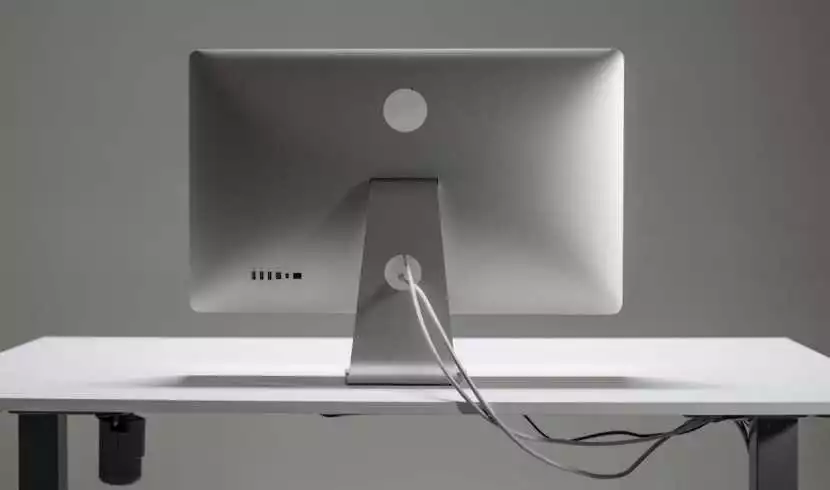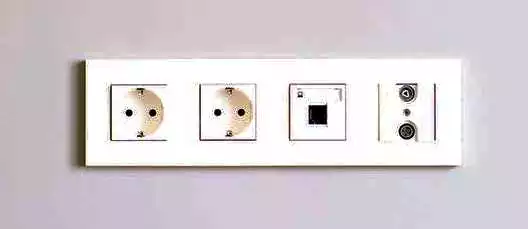Discover the best tips to prevent electrical hazards and accidents during moving. Your safety and
peace of mind come first.
Moving to a new place can be an exciting adventure, full of the promise of fresh beginnings and new opportunities. Whether relocating to a different city or just down the street, the anticipation of a change in scenery is undeniable. But amidst the thrill of moving, it’s easy to overlook one crucial aspect: finding ways to prevent electrical hazards and accidents during moving. The chaos of packing, organizing, and transporting belongings can lead to potential hazards that, if left unaddressed, could turn your move into a shocking experience – quite literally.

Securing loose wires
This may seem minor, but it holds the key to avoiding trouble. Loose wires can become tripping hazards for you and your moving crew, leading to injuries or damage to your electronic devices. Not only that, but tangled cords are also a headache to unravel when setting up your new space.
Also Read: Quality Control in Electronics Imports| Tips for Ensuring Product Integrity
To avoid this chaotic mess, take the time to bundle and secure your wires properly. Use cable ties, Velcro straps, or even twist ties to keep them organized and out of the way. Labeling them can be a game-changer when reconnecting your electronics efficiently. Ensuring your wires are tidy and tangle-free will make your move smoother, safer, and less stressful. So, before you start the packing frenzy, wrangle those wires into submission and thank yourself later.
Handling light bulbs carefully
When it comes to moving, it’s easy to underestimate the fragility of light bulbs. Yet, handling them with care is a bright idea that can save you both hassle and money. Light bulbs are delicate and rough handling during a move can cause them to shatter.
As a result, remove the light bulbs from lamps and fixtures before packing. Wrap each bulb in bubble wrap or place them in a sturdy container, ideally with cushioning material like packing paper. These small, seemingly insignificant items can be a pain to replace, not to mention the mess and potential hazards of broken glass.

Carefully pack electronic items and cords to prevent electrical hazards and accidents during moving.
Consulting with a professional
A licensed electrician possesses the expertise to assess the electrical systems in your old and new homes, identifying potential hazards you might overlook. They can help you disconnect appliances and devices safely and offer guidance on handling sensitive electronics during transit. If you’re unsure about electrical work or wiring concerns, don’t guess – get a professional’s opinion. Attempting DIY electrical tasks without the right knowledge can lead to accidents, fires, or damage to your valuable equipment.
Inspecting the new property
Before diving headfirst into relocating to a new property, inspecting the electrical setup is a wise choice to help prevent electrical hazards and accidents during moving. Start by checking if the electrical system meets safety standards and regulations. Look for signs of wear and tear, like frayed wires or outdated outlets, and address them promptly. Confirm that all switches, outlets, and circuits are in working order. Testing them out can help identify any potential issues.
Also Read: Growing a Small Business: 3 Ways to Get the Web-Based Support You Need to Succeed
In addition, familiarize yourself with the location of the circuit breaker or fuse box in case of emergencies. Overall, make it a priority to shed some light on your new property’s electrical status – it’s a bright way to start this exciting chapter of your life.
Following the manufacturer’s instruction
When moving electrical appliances and devices, following the manufacturer’s instructions is like having a roadmap to safety. These instructions ensure proper handling, transportation, and reinstallation of your valuable items. Take the time to read and follow them meticulously, as they often contain essential tips for preventing damage and accidents. That may include securing delicate components, removing batteries, or using special packaging. Manufacturers are the experts regarding their products, so let their wisdom guide you during your move.
Avoiding overloading outlets
Overloading electrical outlets might seem like a shortcut, but it’s a hazardous move that’s not worth the risk. When you plug in too many devices or use multiple adapters on a single outlet, you can exceed capacity and cause overheating or even a fire. This danger multiplies during a move when you’re dealing with numerous appliances and electronics.
Therefore, resist the urge to daisy-chain power strips or adapters and instead, use them responsibly. Invest in power strips with surge protection to handle multiple devices safely. That prevent electrical hazards and accidents during moving and ensures your valuable electronics remain in working order.
Using proper containers for electronic items when moving
When moving electronic items, the right containers can make all the difference in safeguarding your tech treasures. Consider investing in sturdy, appropriately sized boxes or containers designed for electronics.
These can protect your devices from physical damage, dust, and moisture during transit. Ensure you pad fragile items with bubble wrap or foam to absorb shocks and vibrations. Anti-static bags are a great choice for smaller devices to prevent static electricity buildup. At the same time, follow the practice of U. Santini Moving and Storage and always label your containers clearly to know what’s inside, making unpacking a breeze. Avoid using flimsy or oversized boxes that can increase the risk of damage.
Turning off power before moving
Before embarking on a move, one of the most important safety steps is to power down. Turning off the electricity at the circuit breaker or fuse box is a simple but crucial action that can prevent accidents and hazards. This step ensures that no electrical currents run through the wires while disconnecting or moving appliances and devices. It eliminates the risk of shocks or short circuits during the process. After all, even seemingly harmless devices can become hazards when connected to live electrical circuits.

Follow all of these steps to relocate to your new home safely and prevent electrical hazards and accidents during moving.
Prevent electrical hazards and accidents during moving for a smooth relocation
From inspecting your new property’s electrical system to securing loose wires, handling light bulbs carefully, and consulting professionals when in doubt, these small steps can add up and prevent electrical hazards and accidents during moving. Take the time to prioritize electrical safety. That way, you’ll enjoy the bright beginnings of a move. Plus, there won’t be any shocking surprises along the way.
- Power Factor Correction techniques
- Causes and Disadvantages of Low Power Factor
- What is Transducer? – Working, Types and it’s Application
- Corona Effect in Transmission Line
- What are NO NC?| Difference between NO and NC
- What is Relay? Types, Applications, and Working of Relay
- Difference between AA and AAA Batteries| AA vs AAA Batteries
- Electrical Energy- Definition, Examples, Formula and Units
- Quality Control in Electronics Imports| Tips for Ensuring Product Integrity
- Meaning of 1 unit Electricity (Calculation of Power and Electricity Bill)
- Star-Delta Starter – Working with Power and Control Circuit
- Different Types of Electrical Loads | Resistive, Inductive and Capacitive Load